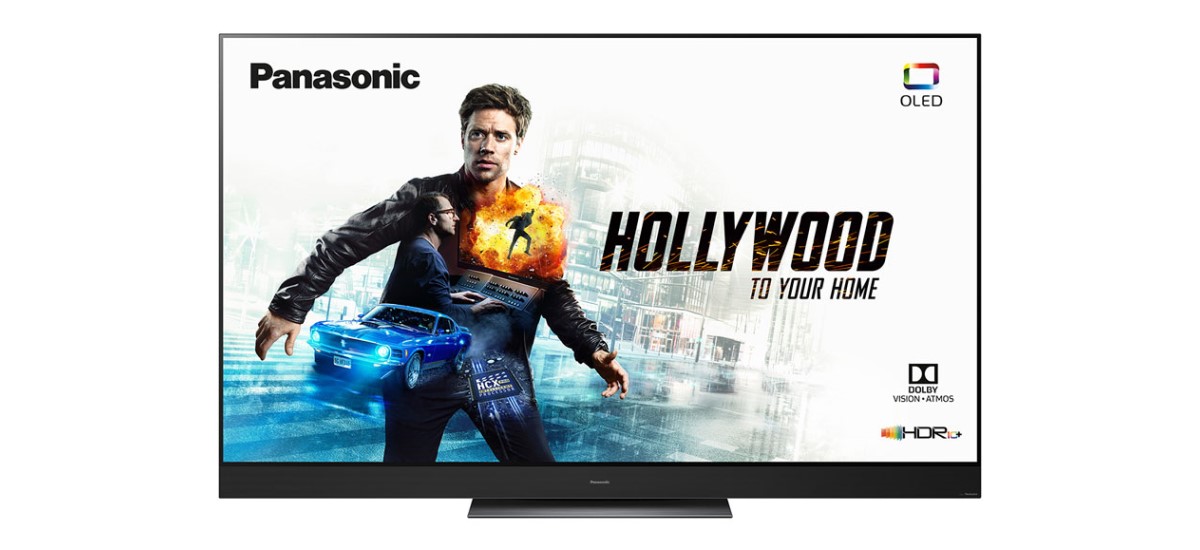One TV set to rule everyone. Panasonic ends with silly war HDR image standards

When buying a new TV you have to choose. Either it will support Dolby Vision or HDR10 + format. He can not manage to handle both. Well, unless you buy equipment from Panasonic. This is the first producer who does not make us show the ability to divine tea leaves.
The currently valid standard for HDR video content (High Dynamic Range - high dynamic range of colors and colors) is HDR10. This means that any equipment that has HDR support listed in the specification supports HDR10. The situation is similar with video content: HDR10 is the basic format for all.
The standard has two "backwards-compatible" candidates for successors: these are Dolby Vision and HDR10 +. The first one is a bit more advanced, but in matters - at least for now - negligible ( here you will learn more ). Both offer in practice the same improvement over HDR10: dynamic metadata, allowing greater control over the image during its production.
HDR10 + versus Dolby Vision.
HDR10 + is a free, open and recommended by UHD Alliance solution. The producers of equipment and content must pay for the possibility of using Dolby Vision. And yet, it is the paid and closed solution so far more often chosen by producers and suppliers. So the war of standards is far from finished.
Its side effect is complicated licensing agreements. Until now, it was not possible to buy a TV that supports both Dolby Vision and HDR10 +. We have to place a lot of potential winners on the bookmaker's account.
Fortunately, the consequences of the wrong choice will not be exaggerated. If - hypothetically - we will buy a TV set with HDR10 +, and in the end most of the movies, games and series will be received in Dolby Vision, we will recreate them in the otherwise inferior HDR10 (without a plus). Although this is only a partial consolation.
Panasonic says enough. His latest OLED TV as the first on the market supports everything.
Panasonic GZ2000 OLED, which was presented at CES 2019, supports HDR10, HDR10 + and Dolby Vision (as well as HLG HDR for TV broadcasts and HLG HDR photos). So it will play our UHD Blu-ray disc, stream from Netflix or material from another source always in the highest standard in which the material has been saved. And if one standard "dies", then the other's service remains.
Panasonic also boasts that the OLED matrix in GZ2000 from LG Display has been enriched not only by proprietary software algorithms, but also physically. The manufacturer claims that thanks to this the TV is brighter than typical devices with LG Display panels. He also adds that the work on the TV was supervised by Stefan Sonnenfeld - an expert who worked on adding color to such films as Wonder Woman, The Force Awakens and Jurassic World.
The TV also has a built-in Dolby Atmos sound decoder and works under the control of My Home Screen 4.0, which now will be able to work with Alexa and the Google Assistant. It will be available in a 55- and 65-inch variant. The price and the release date are unknown - we will be waiting for them impatiently. GZ200 unexpectedly became one of the most interesting novelties of CES 2019 .
One TV set to rule everyone. Panasonic ends with silly war HDR image standards
Comments
Post a Comment